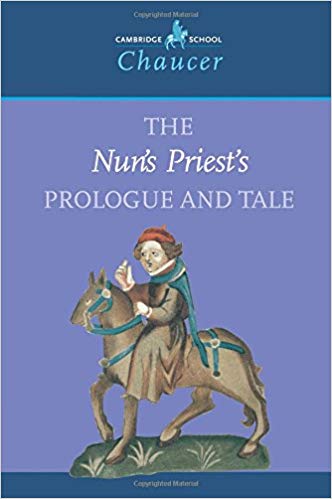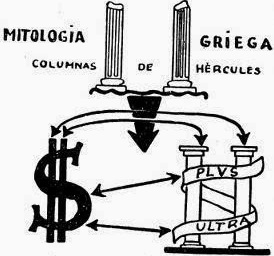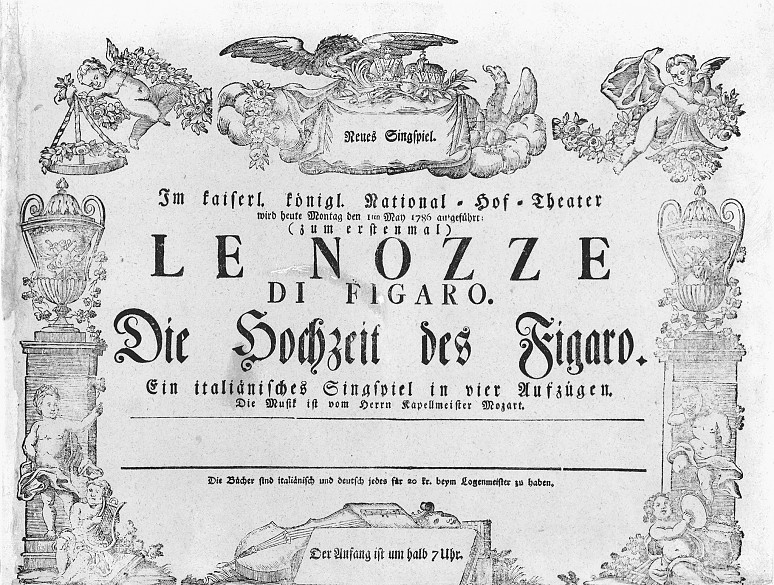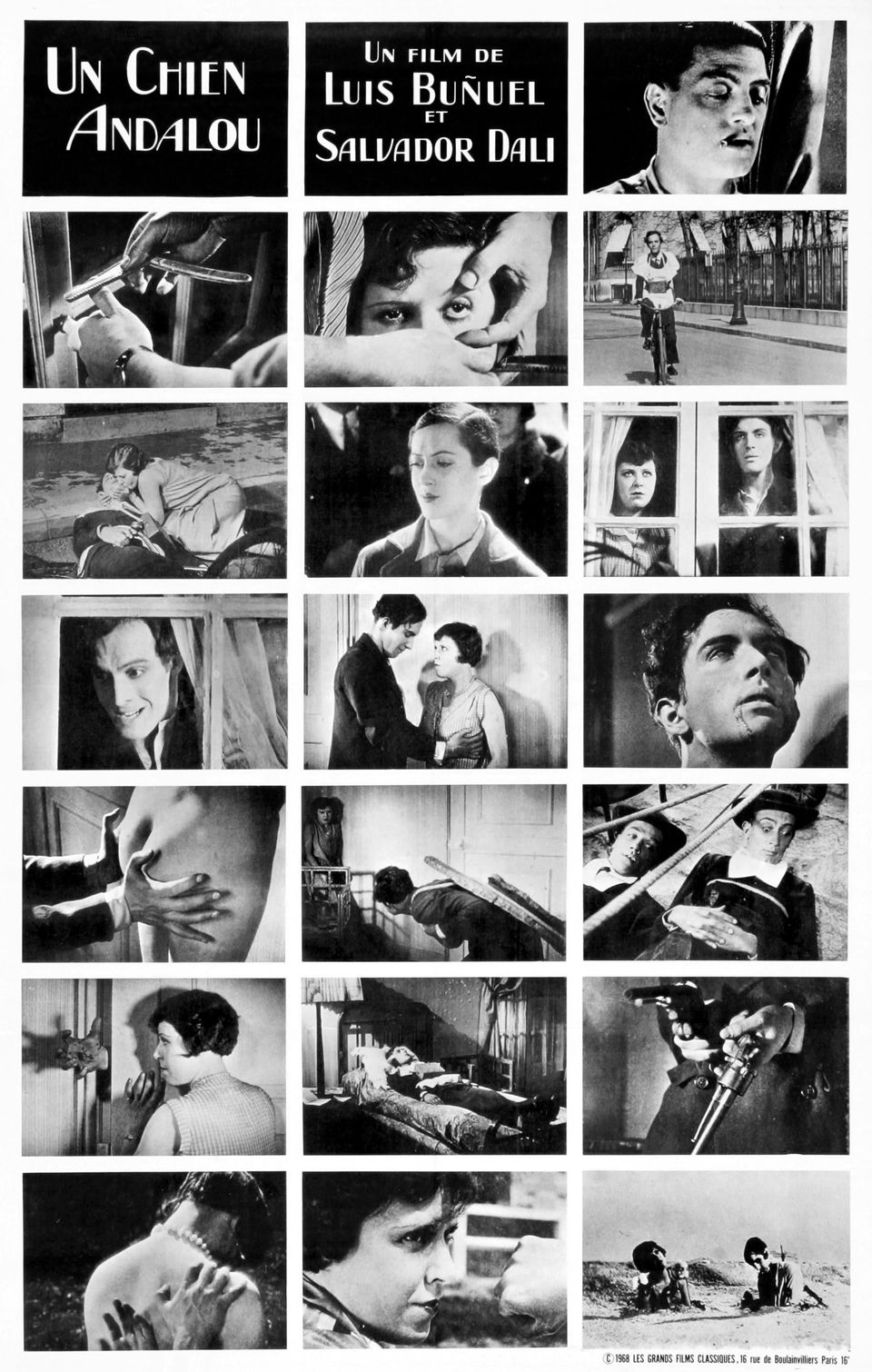1392 Canterbury (England), Literature: In Geoffrey Chaucer’s ‘The Nun’s Priest’s Tale’ there is an association between foolishness and April first. This seems to the earliest connection in English, and even this is much disputed as a copying error of some sort. There are later French references in the 1500s.

1778 New Orleans, Economy: Irish immigrant businessman Oliver Pollock created the “$” symbol. How and why is much discussed in Wikipedia. Others are also credited this innovation. It was first used on minted coins in 1797. One of our tour guides in Sevilla offered the explanation illustrated below derived from the imagery on Spanish piece of eight, also called Spanish dollars, a distant corruption of the German thaler. The Mexican peso has always used this symbol from the Spanish coin.

1786 Vienna, Music: Wolfgang Mozart, aged thirty, seated at the keyboard, conducted the debut of his opera ‘The Marriage of Figaro,’ derived from Pierre Beaumarchais’s novel which had been surpassed in France. The play’s denunciation of aristocratic privilege foreshadowed the French Revolution. The revolutionary leader Georges Danton later said that the play “killed off the nobility” and Napoleon Bonaparte called it “the Revolution already put into action.” Below is playbill for the opening performance.

1929 Barcelona, Cinema: Luis Buñel screed his 24-minute film ‘Un Chien Andalou’ made in collaboration with Salvador Dali. Remember that eyeball? I do.

1999 Iqaluit, Canada, on Frobisher Bay, Politics: the Northwest Territory was halved, creating Nunavut, a first peoples homeland with a population of 35,000 spread over 2 million square kilometres of ice and tundra.

Skip to content
